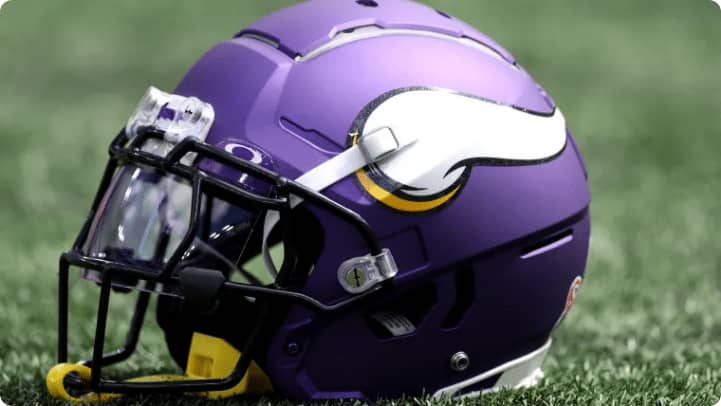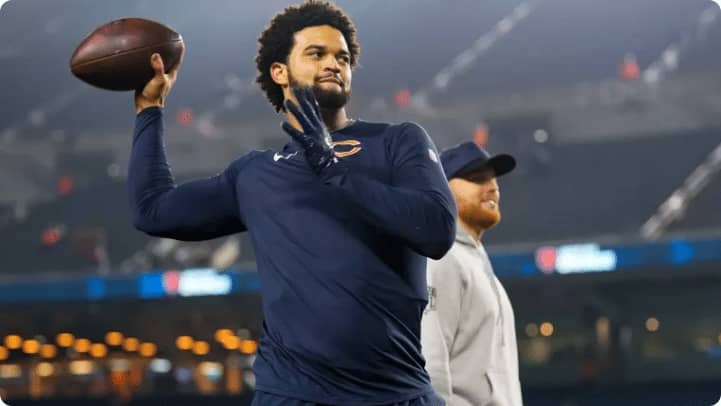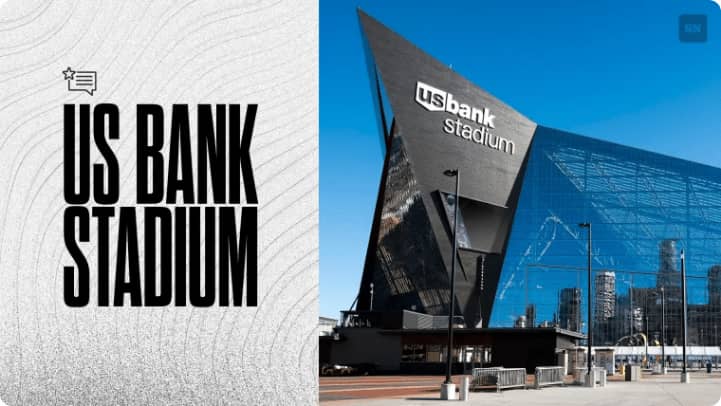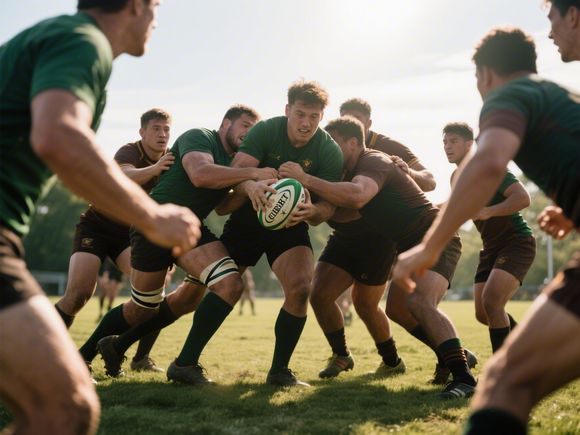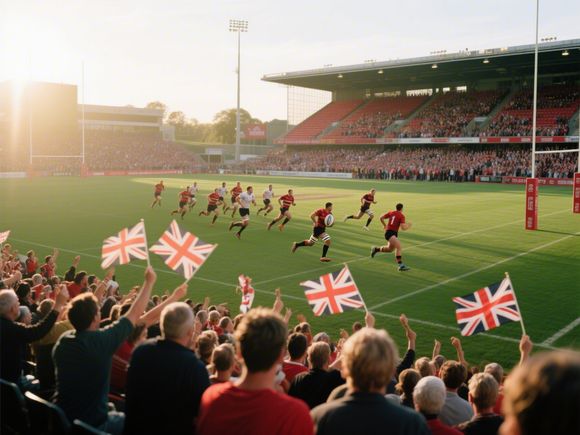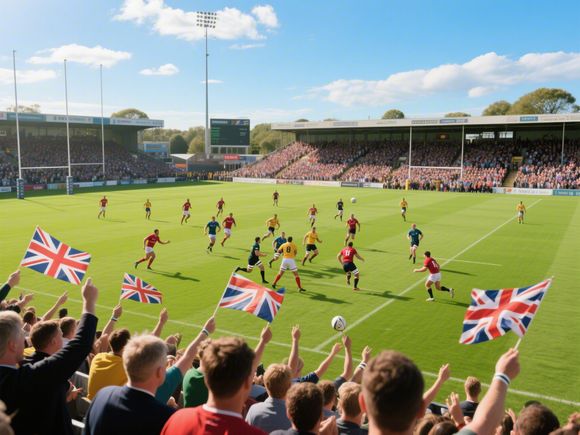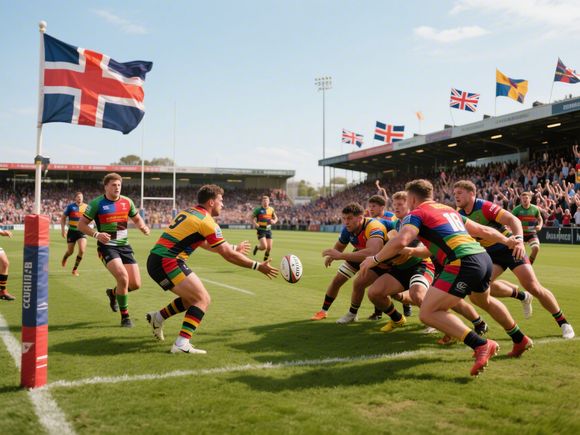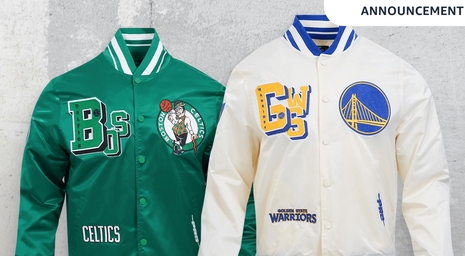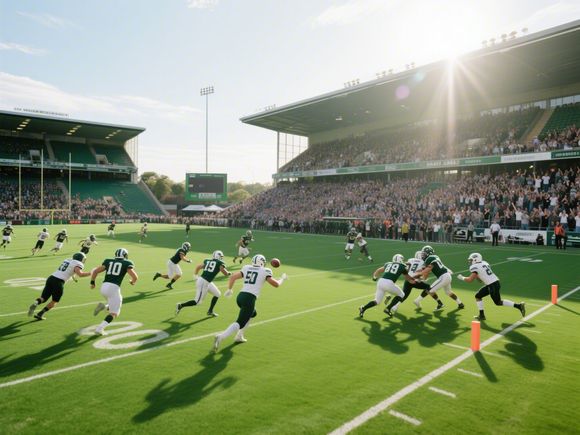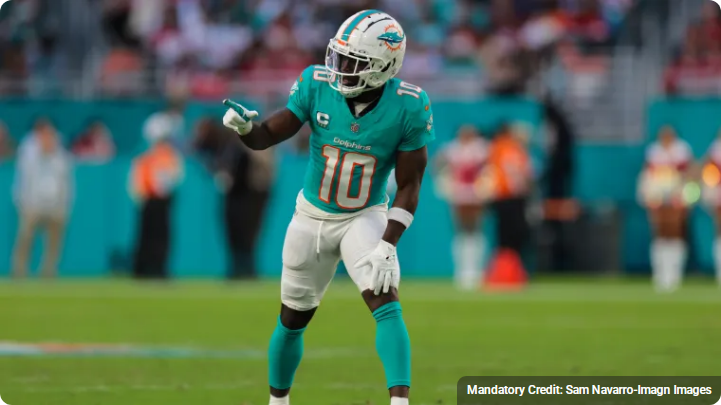The Sam Bradford Trade: How Minnesota Vikings’ Desperation Created a Decade-Long Blunder
FEEL UNSTOPPABLE IN GEAR THAT MOVES WITH YOU.
From lightweight running shorts to moisture-repellent jackets – every piece is crafted for peak performance and head-turning style.
Need sports gear? Get it on sale now – discounts you can’t resist! <--ClickIntroduction
Few NFL transactions have epitomized the dangers of panic-driven decision-making like the Minnesota Vikings' 2016 acquisition of quarterback Sam Bradford. What began as an attempt to secure a Super Bowl window unraveled into a cautionary tale of short-term thinking, leaving lasting damage on the franchise's roster and draft capital.
The Context: A Franchise at a Crossroads
In 2016, the Vikings entered the season with high hopes after winning the NFC North with an 11-5 record. Quarterback Teddy Bridgewater, praised for his potential, was set to lead the offense—until a devastating knee injury during training camp sidelined him for the season. With no viable in-house alternatives, the Vikings faced a crisis that forced them into reactive mode.
The Trade: Paying a Steep Price for Immediate Relief
On September 3, 2016, the Vikings traded a 2017 first-round draft pick and a conditional 2018 fourth-round pick (escalating to a second-rounder if they reached the Super Bowl) to the Philadelphia Eagles for Bradford. The move was framed as a stopgap: Bradford’s accuracy (career 64.5% completion rate) was seen as a fit for an offense featuring Adrian Peterson and Stefon Diggs.
Bradford’s 2016 Performance
- Completed 65.3% of passes (3,877 yards)
- 20 touchdowns against 12 interceptions
- 99.3 passer rating in 15 starts
- Week 1 victory over the Packers (17-14)
The Fallout: Squandered Draft Capital and Lingering Consequences
Draft Capital Wasted
The 2017 first-round pick sent to Philadelphia became Derek Barnett, a cornerstone of the Eagles' defense. Meanwhile, the Vikings' own 2017 draft class—without a first-rounder—yielded uneven results: Dalvin Cook (Pro Bowl RB) contrasted with busts like Laquon Treadwell and Mike Hughes.
Health and Financial Woes
Bradford’s injury history resurfaced in 2017, playing just two games before a knee injury. His $20 million cap hit in 2018 forced the Vikings to release him, absorbing a $10M dead-money penalty. The team cycled through quarterbacks like Case Keenum (2017 NFC title run) and Kirk Cousins, never stabilizing the position.
Why This Trade Belongs in the "Hall of Shame"
Critics argue the deal exemplified the Vikings' flawed quarterback strategy. As SI.com noted, the trade "robbed Minnesota of flexibility during a pivotal rebuild." Bradford’s brief success couldn’t justify the long-term cost—especially as the Eagles used the draft picks to build a Super Bowl LI-winning roster.
Conclusion: A Lesson in Strategic Short-Sightedness
The Sam Bradford trade remains a symbol of desperation overriding rational planning. By mortgaging future assets for fleeting Stability, the Vikings set back their franchise development—a reminder that sustainable success requires patience over panic.
Keywords
Minnesota Vikings, Sam Bradford, NFL trades, Draft capital mistakes, Quarterback strategy




